News and Events
PUBLICATIONS FROM OUR STUDENTS
NIMO ABDULLAH, 4th YEAR STUDENT

Journal: Chemosphere
Title: Mono-2-ethylhexylphthalate (MEHP) is a potent agonist of human TRPA1 channel
Mono-2-ethylhexylphthalate (MEHP) is a potent agonist of human TRPA1 channel - PubMed (nih.gov)
JULIA SAEZ CONDE, 4th YEAR STUDENT
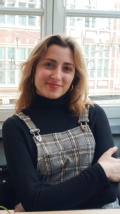
African trypanosomes are early branching protists that cause human and animal diseases, termed trypanosomiases. They have been under intensive study for more than 100 years and have contributed significantly to our understanding of eukaryotic biology. The combination of conserved and parasite-specific features mean that their flagellum has gained particular attention. In this review, we discuss the different structural features of the flagellum and their role in transmission and virulence. We highlight the possibilities of targeting flagellar function to cure trypanosome infections and help in the fight to eliminate trypanosomiases.
You can view the paper here: http://doi.org/10.1002/jcp.30778
Julia also recently gave a presentation at the Home - 12th Meeting on Cilia, Flagella and Centrosomes (conferences-pasteur.org)"The SHIPPO protein family is conserved in ciliated organisms and has essential roles in flagellar transition zone length regulation and axoneme maintenance"
DAGNIJA TUPINA, alumna
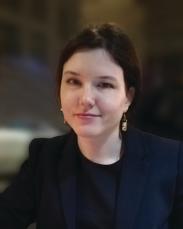
Bridging the N-terminal and middle domains in FliG of the flagellar rotor
Motility is crucial for many bacteria, including pathogens. Recent advances in structural biology have revealed more about the proteins building up the flagellum - the complex organelle that enables bacterial movement through the environment. The rotation of the flagellum is driven by a molecular motor composed of multiple proteins that form ring assemblies. One of the central proteins in the motor is the FliG. Molecular dynamics is a powerful method for observing processes that are inaccessible with other experimental techniques and structural modelling can provide insight into otherwise yet unanswered questions. Here we employ molecular dynamics simulations to probe the conformation of the linker between FliG N-terminus and the middle domain. Using homology modelling we further build on our results to propose a model of FliG ring assembly that has not been resolved with other methods. The results of this study will aid in expanding our understanding of the bacterial flagellar motor structure and the processes driving the rotation of the flagellum.
https://www.sciencedirect.com/science/article/pii/S2665928X22000046
SARAH HARDEN, alumna
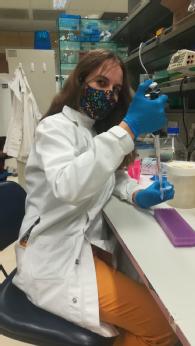
Exometabolomic Analysis of Decidualizing Human Endometrial Stromal and Perivascular Cells
We have identified a network of metabolic events that help prepare the womb for pregnancy. Release of these metabolites from cells lining the womb may be key to solving the mystery of why some embryo’s implant while others’ do not.
Endometrial stromal cells transform into specialized decidual cells in preparation for pregnancy. The transformation, or decidualization, begins around the arteries (perivascular) to the outer stroma.
This study showed that the perivascular and endometrial stomal cells transform their surroundings through time-dependent secretions of small molecules called metabolites, and highlighted the differential secretion of purine metabolites that are important to cellular growth, energy production, and inflammation.
You can view the paper here: https://www.ncbi.nlm.nih.gov/pmc/articles/PMC7876294/
Peritoneal autoantibody profiling identifies p53 as an autoantibody target in endometriosis
Around 10% of women of reproductive age have endometriosis, approximating 190 million reproductive age women worldwide. It is a debilitating condition in which tissue from the lining of the uterus (endometrium) grows outside of the uterus as lesions, often on the ovaries, fallopian tubes, and other organs in the pelvis.
Endometriosis has a profound association with autoimmunity and is epidemiologically linked to other autoimmune diseases. An excess of autoantigens in the peritoneal cavity resulting from retrograde menstruation provokes autoimmune responses. Here, we profile the autoantibodies associated with endometriosis. The findings have important implications for stratification in endometriosis and the development of new therapeutic strategies against a subset of patients with endometriosis.
You can view the paper here: https://doi.org/10.1016/j.fertnstert.2023.02.025 and preprint https://www.biorxiv.org/content/10.1101/2022.05.27.493373v1
Successful targeting of PD-1/PD-L1 with chimeric antigen receptor-natural killer cells and nivolumab in a humanized mouse cancer model
A humanised mouse model for nasopharyngeal carcinoma was developed to establish a model more closely resembling that of patients. The model includes the human immune system and transplants from nasopharyngeal carcinoma and enables the evaluation of therapeutic drugs. Here, a dual therapy combining chimeric antigen receptor-engineered natural killer cells and nivolumab were tested on the model. The combined treatment lead to an inhibition in tumour growth and the upregulation of immune checkpoint receptors in the tumour infiltrating cells and the NK cells.
You can view the paper here: 10.1126/sciadv.add1187
Analysis and Validation of Human Targets and Treatments Using a Hepatocellular Carcinoma–Immune Humanized Mouse Model
The establishment of a humanised mouse model for hepatocellular carcinoma allowed testing of different combination treatments. Here different dual therapies were tested, and the combination of three therapies (pembrolizumab, bevacizumab, and C188-9) targeting proliferation, angiogenesis, and the immune checkpoint was resulted in an improved effect than either monoclonal or dual combination therapy.
You can view the paper here: https://doi.org/10.1002/hep.31812
OUR GRADUATES AND WHERE THEY ARE NOW
Dagnija Tupina
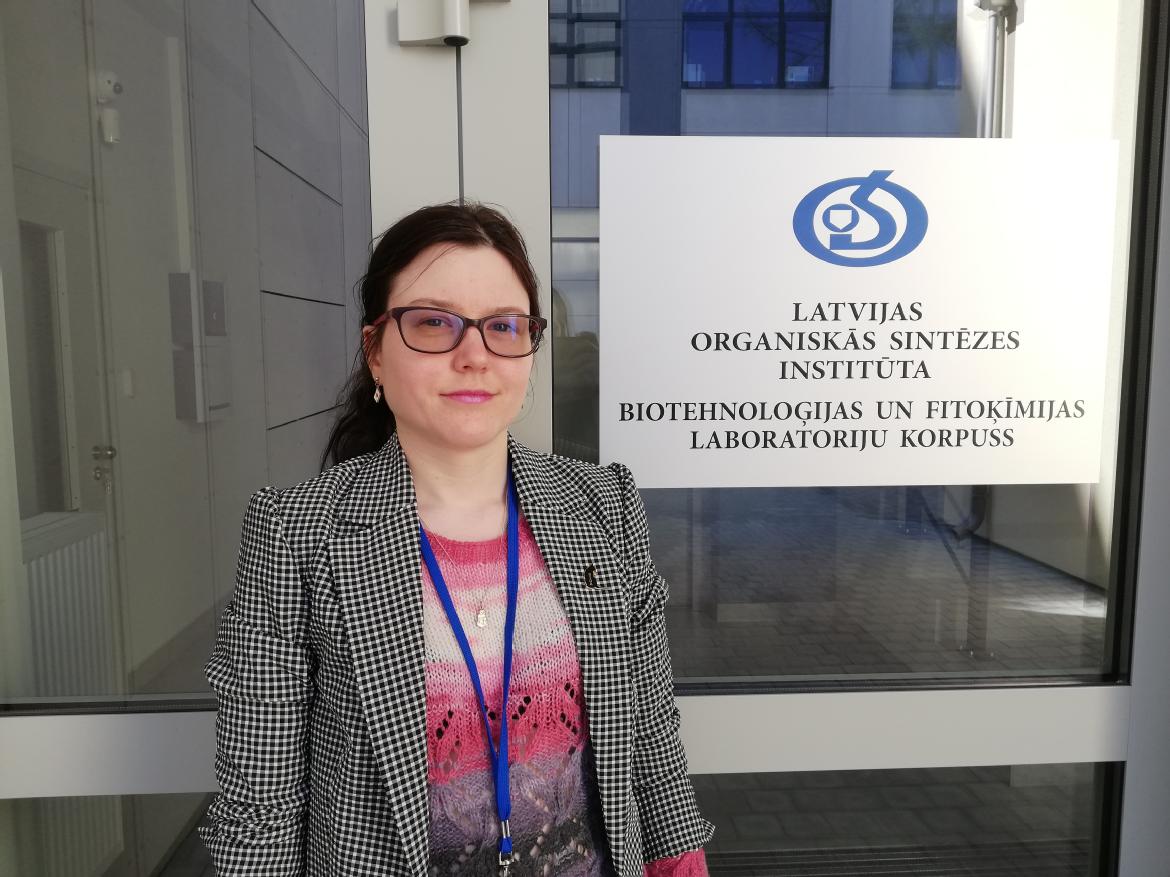
I am currently a researcher at the Latvian Institute of Organic Synthesis (Riga, Latvia) in Biotechnology Group of Dr. Emilio Parisini. LIOS is the leading institution in drug discovery in the Baltics and in addition to its historically strong organic chemistry research traditions has recently upgraded its infrastructure with a new building dedicated to biotechnology techniques of drug discovery. My task will be to contribute molecular biology and structural biology knowledge in a new department within the institute. Biofilm formation is a major issue in medicine and contributes to pathogen antibiotic resistance. Our goal is to study and inhibit biofilm formation mechanisms with structural biology approaches.
Ewan Stephenson
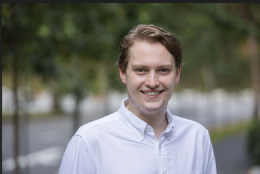
After completing my PhD I chose to return to live and work in Singapore. I took at position at Creavis, the strategic innovation unit and business incubator of Evonik, one of the worlds largest speciality chemical companies. My role is as a scientist & project manager in the domain of Cell and Tissue Systems. My work is split between the office and the lab, designing and developing new products and technologies for the healthcare and biotechnology industries.
